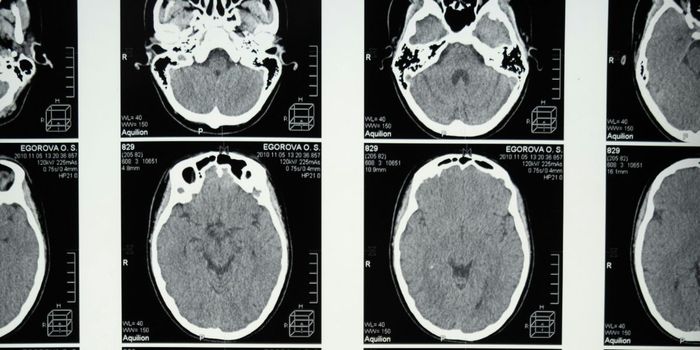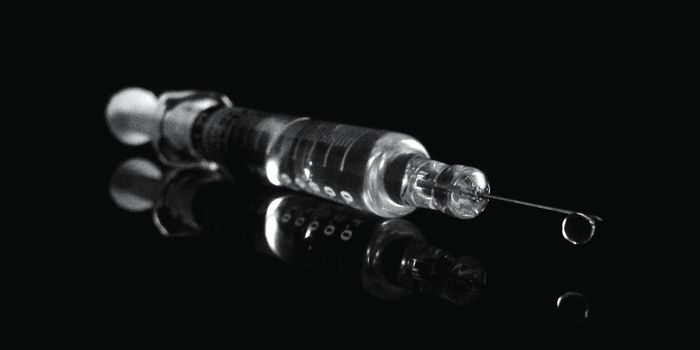Why Scientists are Growing Brains in Petri Dishes
Scientists now have a method for growing an active brain from skin cells. Previously, scientists were able to generate stem cells from undeveloped skin cells, and now scientists at the Medical Research Council Laboratory of Molecular Biology in the UK have published a method for developing stem cells into a brain.
The stem cells need three ingredients to develop into a brain: a gel that mimics fetal tissue to support structural development, stirring motion to keep this tissue active, and a 37℃ environment (i.e., body temperature). These conditions promote specific genes to turn on that develop stem cells into brain cells. These brains, called cerebral organoids, only grow a few millimeters in diameter and are independent of a body. After the researchers grew cerebral organoids, they add spinal cord and muscle tissue from a mouse, to the gel. The neurons in the brain sense the spinal cord and muscle tissue and connect to exchange messages.
The new method will be used to study neural diseases and disorders that have been difficult to study in the past. Traditionally, neurological research is done using animal models, like mice, or with autopsies on human brains. Animal models show which genes and proteins are active, but lack insight to abstract symptoms of neurological disorders like schizophrenia. Similarly, autopsies lack in real-time data. With a cerebral organoid, researchers can study disorders and symptoms unique to humans.
Cerebral organoids have no consciousness because the arrangement of brain components is incorrect when the organoid matures. Brain development relies on other developing fetal organs to orient the brain's parts. Madeleine Lancaster, one of the researchers who wrote the method for growing 3D cerebral organoids, compares the development to a toddler-constructed spaceship; it couldn’t fly to outer space, but the parts are still instructive. Lancaster believes ethical questions should be evaluated as technology advances but assures brain organoids are far from reaching an ethical line.
Sources: The Guardian, Nature, Tedx








